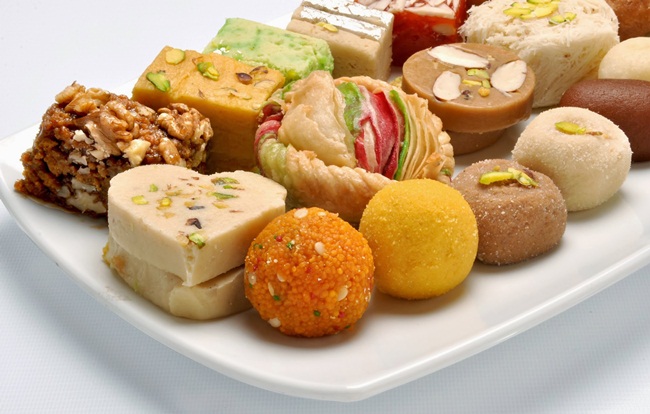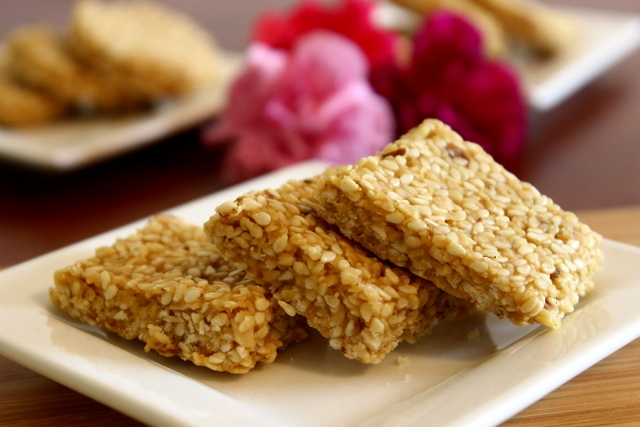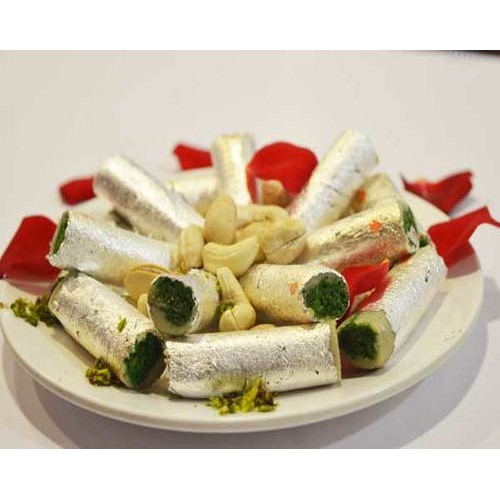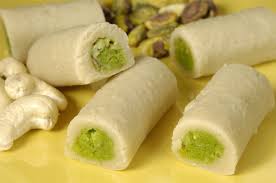Festivals
What Will You Eat This Diwali?
Diwali, the festival of lights, signifying the victory of light over darkness is just around the corner. For long, Diwali has been one of our most celebrated and anticipated holidays of the year. Our homes are thoroughly cleaned, renovated, families get together to make mithai, new clothes are bought and of course firecrackers are stored.
Diwali, which is normally celebrated by Hindus, Jains and Sikhs has gained popularity not only among other communities in India, especially the younger children who love to light diyas and firecrackers, but also in countries like UK, Malaysia, Indonesia and Singapore where the festivities actually reflect local traditions. 
But other than eating Indian food for the day, what can people outside India or even in India who are not too familiar with traditional Diwali food eat for the five-day festival?
The immediate and most obvious answer is of course, sweets. Indian sweet dish called ‘mithai’ is the most popular dish served during Diwali. Mithai is a cross between a snack, dessert and confectionery. Mithai is normally eaten through the day as a stand-alone item or more preferably with masala chai along with other items.

For Mithai, Chickpea flour, rice flour, semolina, various beans, lentils and grains, squashes, carrots, thickened condensed milk or yoghurt are normally used as base ingredients; to which cashewnuts, almonds, pistachios, chirongi nuts or raisins are added. Sweet spices like cardamom, cloves, cinnamon or nutmeg are also added.
Sweets like Ladoos, Barfis and Halwas are famous and popular throughout India for every festival, but special items like moti pak and sohan papdi are specialties that are normally eaten during Diwali. It is also a custom to exchange beautifully decorated boxes of mithai, dried fruits and nuts with family and friends.
Most festivals are celebrated with food and of course, Diwali is no exception. Food has a way of bringing people together and for precisely this reason, a month before Diwali, women, particularly of earlier generations, get together in each other’s kitchens to furnish up delicious Diwali snacks.
Making snacks is as much a social activity as it is a tradition. Diwali snacks, made from chickpeas, rice, lentil and several other varieties of flours, are seasoned with different combination of spices, sesame seeds, fresh fenugreek leaves or coconut, pummelled into assorted shapes and usually deep-fried – though nowadays both mithai and snacks are available in low-fat, low-sugar and baked versions.
Make your own box of snacks and dropping in to your friends or family’s houses to give the sweets is a common sight during Diwali and brings a feeling of togetherness. Some of the common snacks include delicious spirals of chakri, pasties called karanji and diamond-shaped shankarpali. Alternately you could also buy these sweets at any Indian sweet shop.
When it comes to meals, different kinds of special meals are cooked for different days of the festival. These normally depend on the geographical region where the festival is being celebrated. Traditionally, however, puris are preferred. These are accompanied by different kinds of dals, curries or sabji. Although, it isn’t a rule, many Indians (not all) prefer to be vegetarian during this Diwali.
No festival would be complete without kheer, a milky rice pudding, that is normally eaten on the second day of Diwali. On the fourth day, Puri is normally accompanied with shrikhand and mixed vegetable curry made with every kind of vegetable possible as it symbolises prosperity all the year-round. Sometimes even poli is made which is a sweet flatbread stuffed with a mixture of peas, saffron and cardamom.
Diwali is a time of joyous, colourful and delicious celebration. It also is a chance for friends and family to come together to eat. What more could you want?























